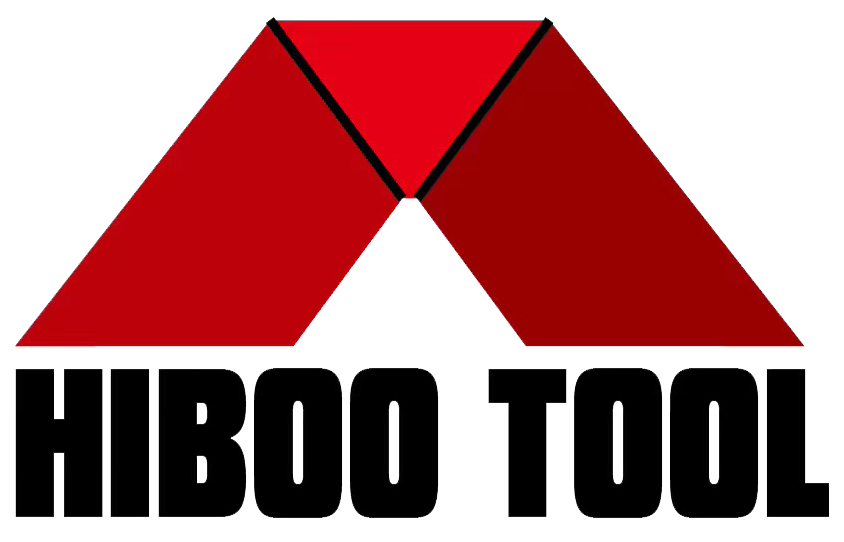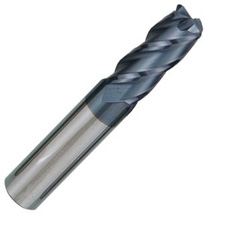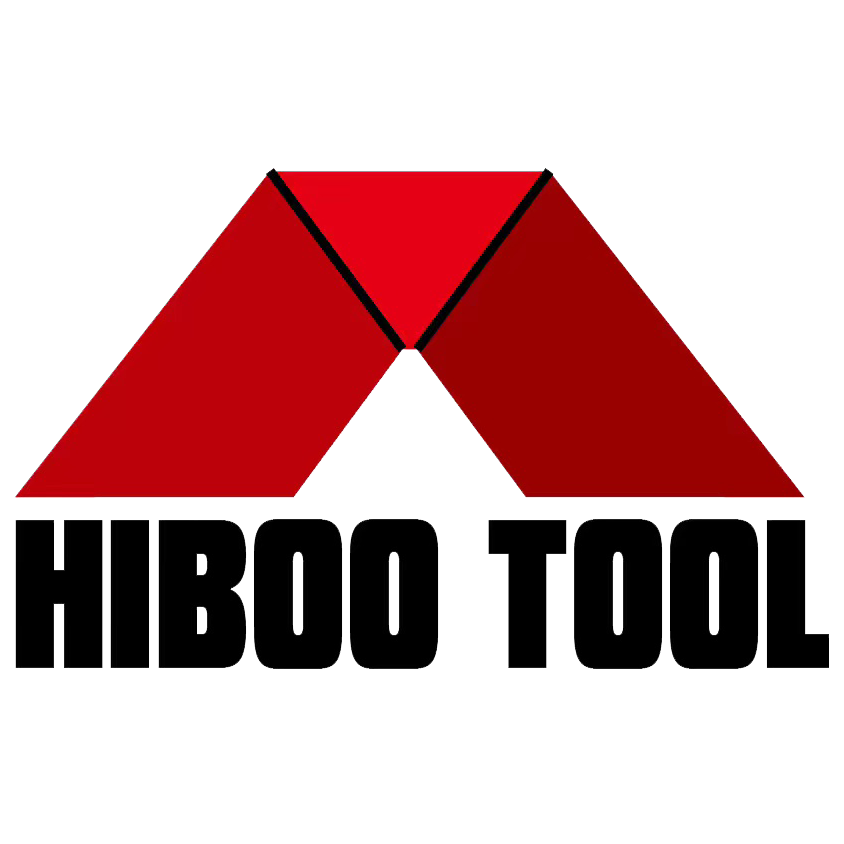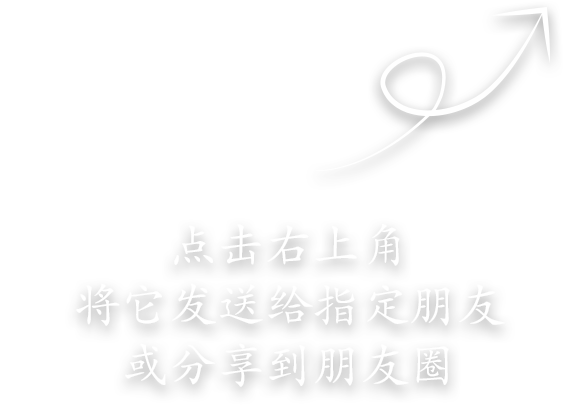Two types of CNC coated end mills with different structures
I believe that most of the content of CNC milling cutters has gained a certain understanding through the previous introduction. However, due to the various positioning and clamping methods of the blade on the tool body, and the different types of blade positioning components, there are various structural forms of milling cutters. In the following content, we will provide in-depth explanations on the two structural forms.
Vertical installation structure
The CNC milling cutter with a vertical structure, as the name suggests, only needs to be fixed to the groove with a screw, with a simple structure and convenient indexing. Due to the use of cutting force to clamp the blade, the clamping force increases with the increase of cutting force, thereby eliminating the need for clamping components and increasing the chip holding space. So, this structural form is also the preferred choice for many customers.
Flat structure
In comparison, CNC milling cutters with flat structure use cutting force to clamp the blades, and the clamping force increases with the increase of cutting force. Therefore, clamping components can be omitted and chip holding space can be increased. So its advantages are equally divided with the milling cutter with vertical structure. In addition, the cross-section of hard alloy in the cutting force direction is relatively small, so flat mounted milling cutters are generally used for lightweight and medium volume milling processing.
Both types of CNC milling cutters have their own characteristics, and you can choose according to your own needs. I hope our introduction to the above content can also help everyone have a better understanding of these two products.














Please first Loginlater ~